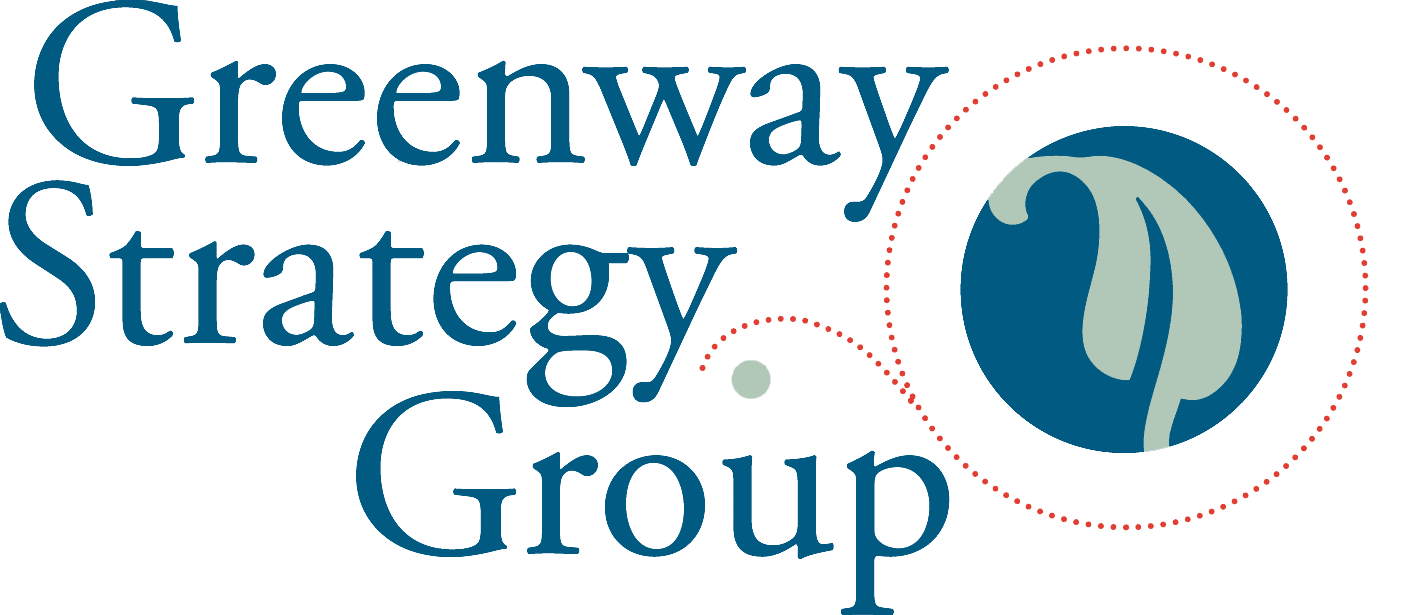Using Strategic Planning to Foster Collaborative Community Social Impact
Reflections from Christine Koehn
While COVID has brought to the forefront the challenges that students may face in accessing a quality education, ensuring that all students have the skills and support to succeed beyond high school has been a long-standing challenge.
In my former role as executive director of a family foundation focused on supporting efforts that promote educational, career, and life success, I had many conversations with key stakeholders interested in academic and career attainment from across the various sectors of our community, including school districts, state colleges, universities, government, foundations, nonprofits, businesses, and faith-based organizations; about what we as a foundation could do to meaningfully support students.
It was clear that there were “silos” of excellence in the support provided by each of these community organizations. On the other hand, students needed supports that were well-coordinated and comprehensive and also individualized to their specific needs. All of these community organizations needed to work better together while maintaining their unique roles. Fortunately, the organization leaders were keenly aware of the gaps in the current approaches and agreed to form a collective impact collaborative to better support students to attain a post-secondary credential, be that in college or career. Recognizing that this opportunity would have a tremendous impact, the foundation decided to invest. A leadership role was created, which I took on, in convening a group to lead the work.
Given the intricacy of working collaboratively across sectors to accomplish our goal of significantly improving post- high school educational attainment, we knew we were going to need help to get organized and focused.
We turned to Greenway Strategy Group, an external consulting firm with substantial experience in both the education field and participatory strategy development, to shepherd us through a nine-month strategic planning process.
A steering committee was established to work closely with the consultant, to oversee the strategic planning process, and to broadly promote the process with the goal of ensuring community inclusivity. The process kicked off with extensive analysis of quantitative data on the current state, a scan of current providers and services, and qualitative data from key stakeholders including parents and students, gathered through interviews, focus groups, and community forums. In total, nearly 150 people from across sectors and throughout the community engaged in the process and provided input regarding the challenges our students faced as well as potential solutions. This information not only informed the establishment of our collaborative work, this Analysis Phase led to the identification and recruitment of many additional partners.
The next phase of planning – strategy development – included a series of facilitated discussions and exercises with the partners, each one building upon the one prior, that resulted in the creation of:
Shared outcomes for our collaborative work focused on post-secondary attainment
Four initial strategy areas focused on issues identified as the most challenging for our community’s students:
post-secondary advising for high school students
financial aid
supports for students entering college or career preparation
family engagement.
Strategy Teams of partner representatives that worked together to design and implement the collaborative’s initiatives in each of the strategy areas
A governance and committee structure that clarified the roles and responsibilities of the collaborative’s partners
A list of needed resources and associated budget
A name, logo, communications plan, and ongoing partner engagement strategy
An evaluation strategy, including targeted outcomes, data sources, and outcome monitoring.
There were challenges along the way, such as accessing the resources needed to support the work, aligning individual agendas to the common agenda, taking the time to fully embrace the process, resisting the impulse to rush out of a sense of urgency, and staff transitions within partner organizations. However, by working with a consultant highly skilled in participatory strategic planning approaches, the process served as a vehicle for not only defining our work but also keeping us engaged, focused on our common goal, and committed to the collaborative process. As a result, each of the partners consistently stepped up where needed and we overcame our challenges. In the end, we formed a formal collective impact collaborative, one in which the partners continue to be fully engaged in today.
As the community needs have been better understood and have shifted over the years, the collaborative’s partners have continued to reassess and evolve its collaborative work. To ensure transition that effectively meets those needs, collective strategic planning has remained at the core of that evolution.
While partnership and collaboration were at the heart of my grantmaking for more than 25 years, this effort reinforced for me that when focused on addressing issues of this size and scope, having a significant impact requires working in collaboration with community partners from across sectors. It has also underscored for me that strategic planning with a highly qualified consultant is absolutely invaluable for cultivating, defining, and maintaining that collaboration. While collaboration is hard work, the results we can achieve together make it essential for those we serve.

